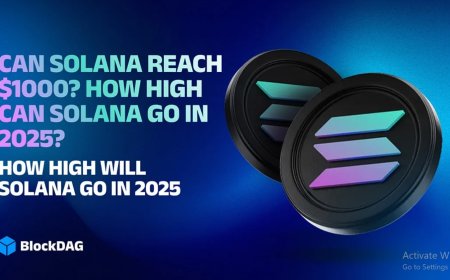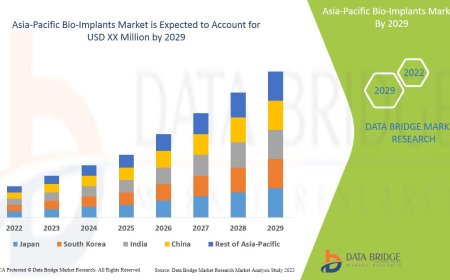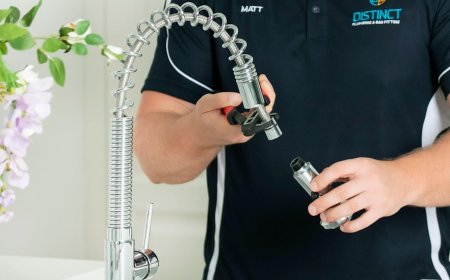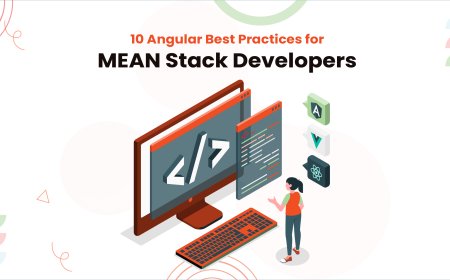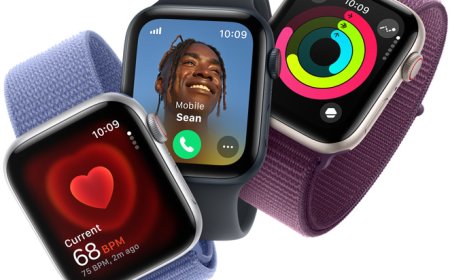Diagnose Android Fragmentation Issues
Diagnose Android fragmentation with ease using Phone Clinix, the smart phone diagnostic software built for cross-brand testing and OS analysis.

Android powers billions of devices worldwide, from smartphones and tablets to smartwatches and TVs. Its open-source nature and flexibility have made it a favorite for manufacturers and users alike. However, this same openness has led to a long-standing and complex issue known as Android fragmentation. Fragmentation makes it difficult for developers, technicians, and even end-users to ensure consistent performance, compatibility, and support across all Android devices.
For mobile repair professionals, developers, and QA testers, diagnosing and resolving fragmentation-related issues can be challenging. This is where advanced phone diagnostic software like Phone Clinix becomes essential. By providing in-depth testing capabilities across different devices and OS versions, Phone Clinix helps professionals tackle the unique challenges posed by Android fragmentation efficiently and accurately.
In this article, well explore what Android fragmentation is, why it matters, how it impacts diagnostics and repairs, and how Phone Clinix can help diagnose and resolve fragmentation-related issues across the Android ecosystem.
What Is Android Fragmentation?
Android fragmentation refers to the vast diversity of Android devices in the market that differ by:
-
OS versions (from Android 8 to Android 14 and beyond)
-
Manufacturer skins (e.g., One UI, MIUI, ColorOS, etc.)
-
Hardware components (chipsets, sensors, displays, etc.)
-
Security patch levels and update cycles
Unlike iOS, where Apple controls both hardware and software, Android devices come from a wide array of manufacturers. Each OEM modifies the base Android OS to suit their brand, resulting in inconsistencies in system behavior, performance, and even compatibility.
Why Android Fragmentation Matters
1. Inconsistent Performance
A feature or app that works smoothly on a Samsung device may lag or crash on a Xiaomi or Oppo phone due to differences in hardware or software customization.
2. Delayed Software Updates
Some devices never receive the latest Android updates, leaving them vulnerable to bugs and security issues.
3. Compatibility Challenges
App developers often face issues with rendering, functionality, or performance across different devices, especially those with outdated software.
4. Repair Complexity
Technicians face difficulties diagnosing issues because the same symptom (like overheating or battery drain) might have different causes across brands and OS versions.
Diagnosing Fragmentation with Phone Diagnostic Software
Diagnosing fragmentation-related issues manually is time-consuming and error-prone. This is where phone diagnostic software like Phone Clinix excels. It provides structured, automated, and brand-agnostic testing, helping users identify whether a problem is device-specific, OS-related, or hardware-induced.
Why Choose Phone Clinix?
Phone Clinix is an industry-leading phone diagnostic software designed to support a wide variety of Android (and iOS) devices. It is ideal for use in repair centers, QA labs, refurbishment facilities, and even app development environments.
Key Features That Help Diagnose Fragmentation:
-
Multi-brand Testing: Works across all major Android OEMs like Samsung, Xiaomi, Vivo, Realme, Oppo, OnePlus, Motorola, and more.
-
OS Detection: Automatically identifies the OS version, security patch, and firmware details.
-
Hardware Health Reports: Tests components like battery, display, camera, sensors, and moreregardless of the brand.
-
Sensor Calibration: Identifies discrepancies in gyroscope, proximity, accelerometer, and ambient light sensors, which often vary between brands.
-
App Performance Tracking: Helps spot sluggish performance, background activity, and thermal throttling that might occur on certain OS skins or older hardware.
How Phone Clinix Helps Diagnose Fragmentation Issues
Lets take a deeper look at how Phone Clinix specifically addresses the pain points caused by Android fragmentation:
1. Identifying OS-Level Limitations
Some Android features only work on certain versions or require newer APIs. Phone Clinix detects the exact Android version and patch level, allowing technicians or developers to verify if a device meets the requirements for specific features or apps.
Example: A developer can use Phone Clinix to confirm whether a device with Android 9 supports a security protocol required by their app.
2. Testing Manufacturer-Specific Customizations
Each OEM applies its own skin or custom UI. These changes can interfere with core Android functionality. Phone Clinix helps detect:
-
Battery management restrictions
-
Background app limitations
-
Custom power-saving features that interfere with performance
By running diagnostic tests on multiple devices, the software can help isolate issues specific to a manufacturers UI layer.
3. Hardware-Level Discrepancies
Phones may have different display panels, camera sensors, or touch moduleseven within the same brand. Phone Clinix tests these components independently, allowing for:
-
Accurate calibration
-
Pixel and brightness analysis
-
Color reproduction verification
-
Touchscreen responsiveness tests
This is critical when dealing with display-related complaints that stem from hardware variation rather than user damage.
4. Sensor Calibration Across Models
Android fragmentation also affects sensor behavior. Two phones might report drastically different results from the same sensor-based app. Phone Clinix includes:
-
Accelerometer and gyroscope tests
-
Proximity and ambient light sensor evaluations
-
Orientation and motion tracking
These tests help ensure that devices are responding correctly to inputssomething often overlooked in fragmented environments.
5. Battery and Charging Diagnostics
Battery health and charging speed can vary across models. Fragmentation can lead to inconsistent battery stats reporting or unexpected shutdowns. Phone Clinix assesses:
-
Battery capacity and cycle count
-
Charging voltage and amperage
-
Heat output and thermal performance
This helps distinguish genuine hardware faults from software misreportinga common issue in custom-skinned Android phones.
Real-World Scenario: Diagnosing an App Compatibility Issue
A QA engineer tests an app that fails to open on some Android devices. Using Phone Clinix, the engineer identifies:
-
The non-working phones run Android 8 with outdated patches
-
These devices throttle background apps aggressively due to manufacturer-specific power optimizations
-
The sensors in the device underperform due to hardware differences
Armed with diagnostic reports from Phone Clinix, the engineer can then:
-
Recommend minimum supported Android versions for the app
-
Adjust app behavior for specific manufacturer environments
-
Avoid launching in markets where certain devices dominate
Using Phone Clinix in Your Diagnostic Workflow
Heres a simple workflow for leveraging Phone Clinix to address Android fragmentation:
-
Connect the Device: Use USB or wireless connection to link the Android phone.
-
Run a Full Diagnostic Scan: Initiate comprehensive tests covering hardware, software, and sensors.
-
Review the OS and Firmware Info: Evaluate compatibility for updates, apps, or system features.
-
Analyze Hardware and Sensor Results: Check for discrepancies or failures in key components.
-
Generate and Export Reports: Share results with repair technicians, developers, or QA teams.
This standardized process saves time, reduces guesswork, and increases consistency across devices from different manufacturers.
The Business Impact of Diagnosing Fragmentation
Using phone diagnostic software like Phone Clinix offers tangible benefits:
-
Faster Turnaround in Repair Centers: Spot issues caused by OEM differences instantly.
-
Improved App Quality for Developers: Avoid one-star reviews by testing across fragmented environments.
-
Lower Return Rates for Retailers: Ensure device compatibility and function before resale.
-
Better Training in Tech Schools: Teach students how to navigate and test a fragmented Android ecosystem.
Best Practices
-
Keep the software updated: Fragmentation evolves quickly with each Android release.
-
Use multiple test devices: Always test across a spectrum of brands and OS versions.
-
Log every diagnostic session: Use reports from Phone Clinix for future reference and analysis.
-
Train staff regularly: Make sure your team understands how to interpret diagnostic results across devices.
Conclusion
Android fragmentation is one of the biggest challenges in the mobile industry. It affects everything from app compatibility and performance to hardware functionality and repair efficiency. While fragmentation may never disappear entirely, using robust phone diagnostic software like Phone Clinix empowers professionals to work around it smartly.
With powerful cross-brand testing, real-time OS insights, and deep hardware diagnostics, Phone Clinix is the go-to solution for anyone needing to navigate the fragmented Android world. Whether you're a repair technician, app developer, quality assurance specialist, or reseller, diagnosing fragmentation isnt optionalits essential.









